Section Cortusina.
Grown from seed.
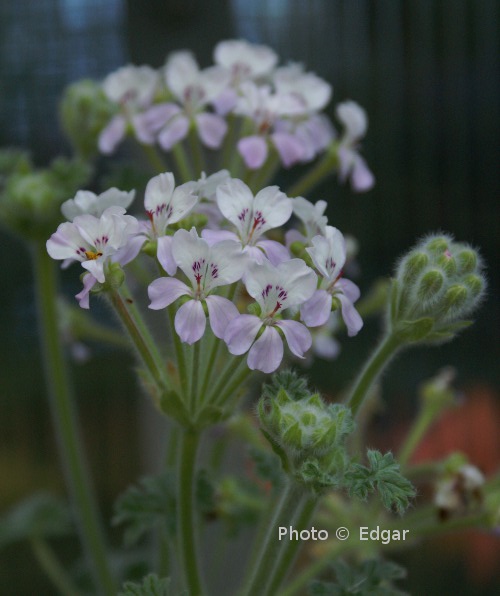
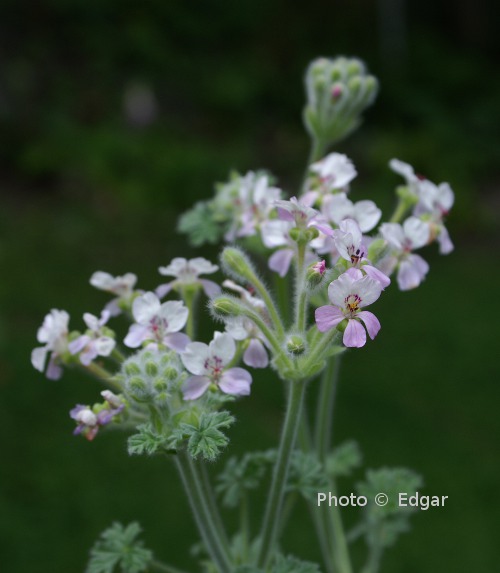
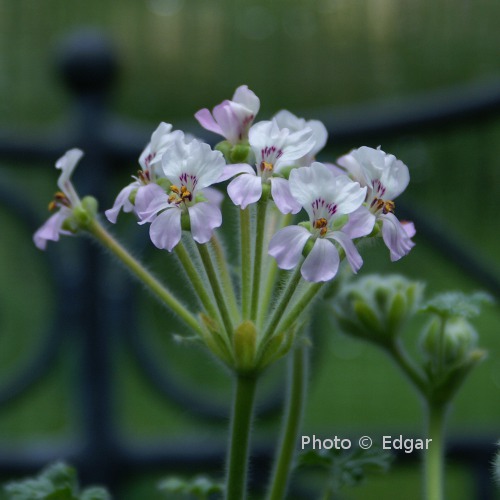

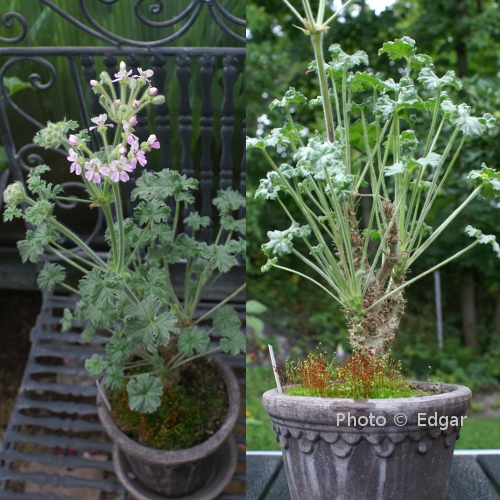

Section Cortusina.
Grown from seed.





Native to Turkey and north of Syria P. endlicherianum is the most northerly-growing and hardy pelargonium.
Currently sectionless, formerly placed in Jenkinsonia.
Grown from seed.
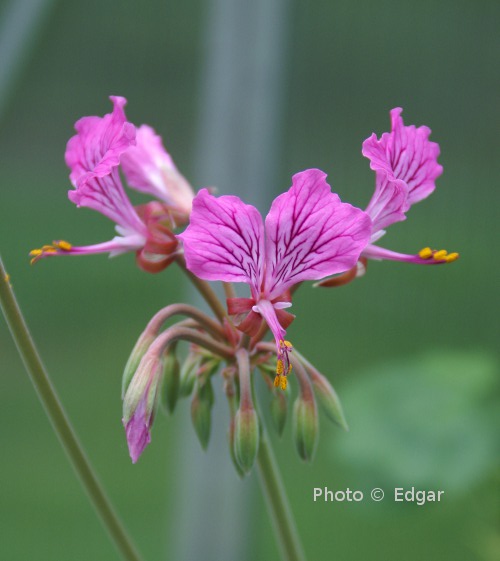
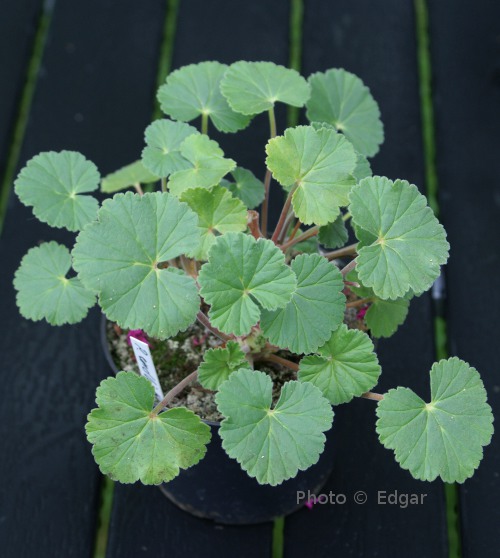
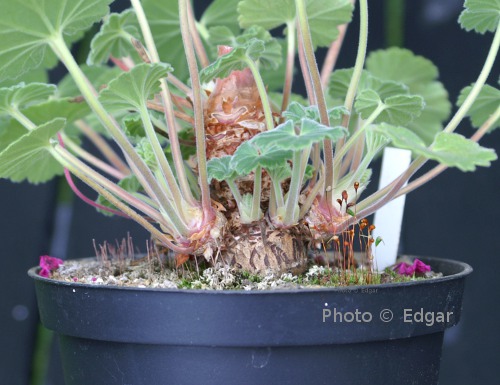
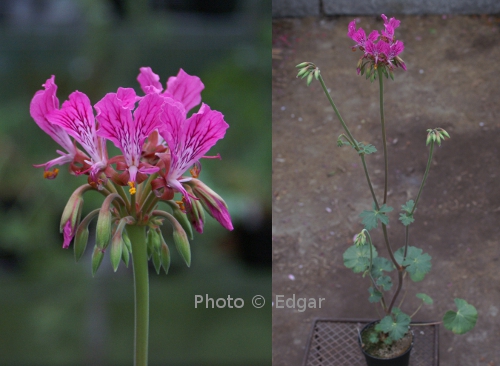
P. coronopifolium belongs to the section Campylia.
Here a white flowering form of P. coronopifolium grown from seed. (The flowers usually are pink to purple).
The leaves are thick and leathery.
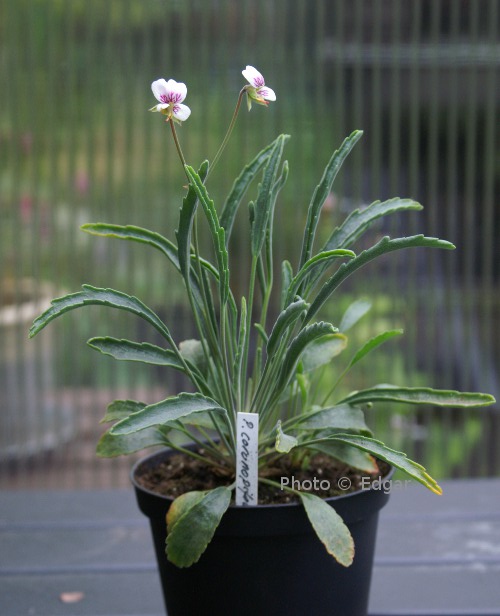
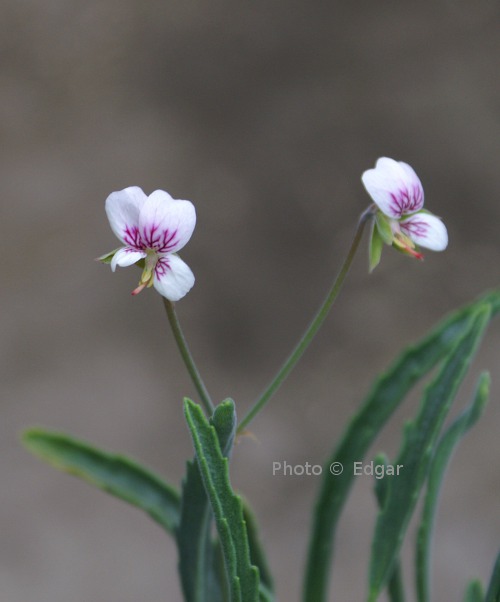
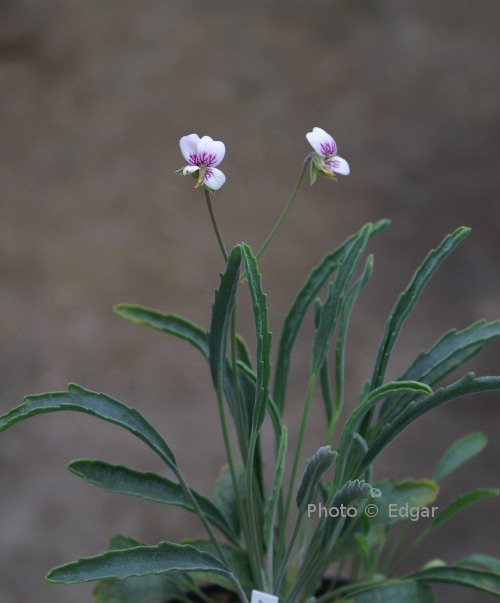
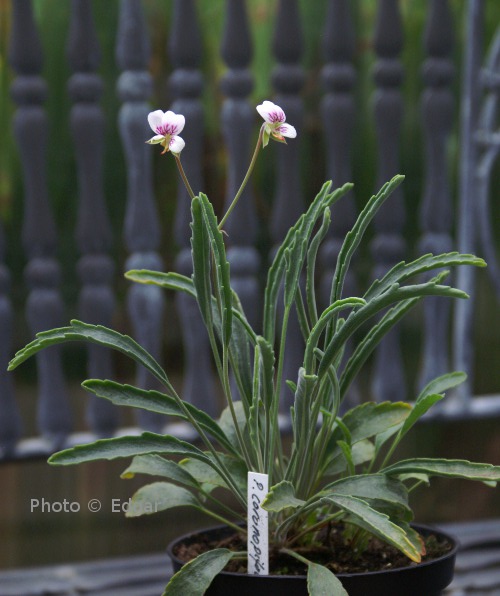
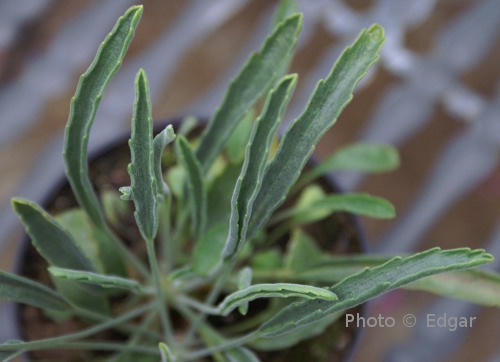
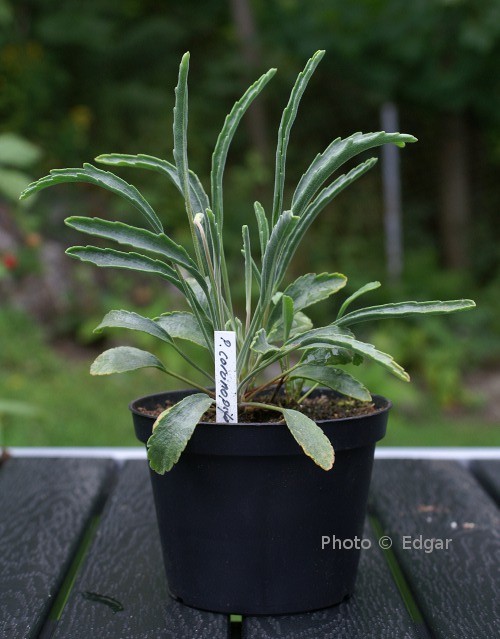
Unusual looking pelargonium in the section Chorisma.

P. tetragonum with cream flowers above, and with pink flowers below.

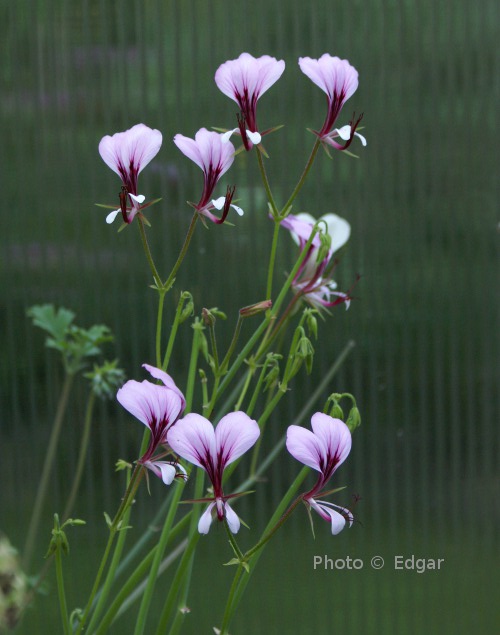
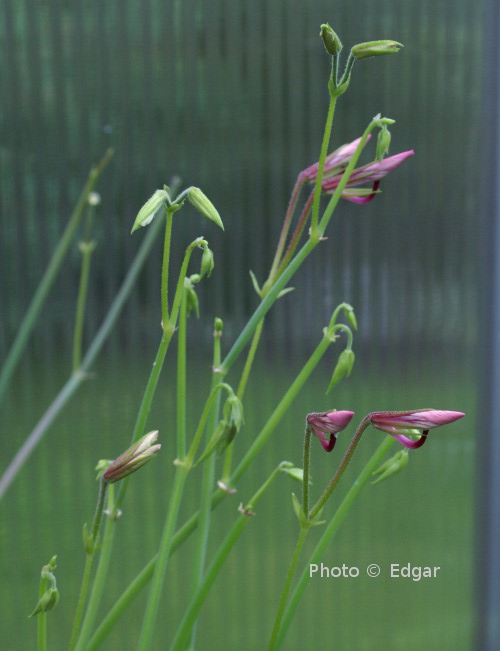
Buds.
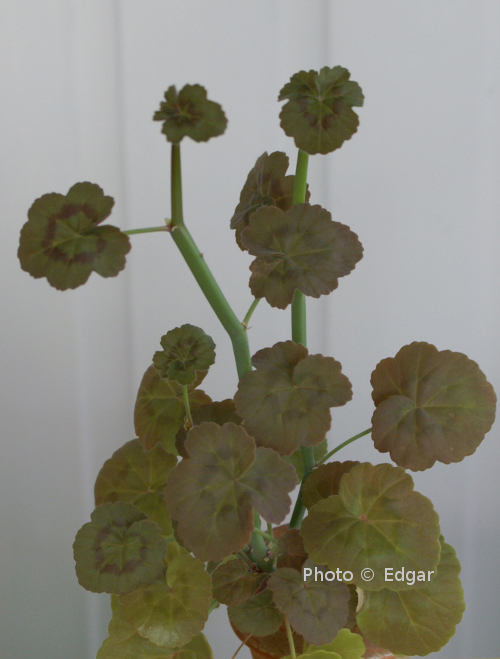
A young plant with leaves.
P. alpinum was earlier placed in section Ligularia, but I believe it is now placed in Pelargonium.
Growing P. alpinum from seed I got two different plants, some with zoned leaves and some without.

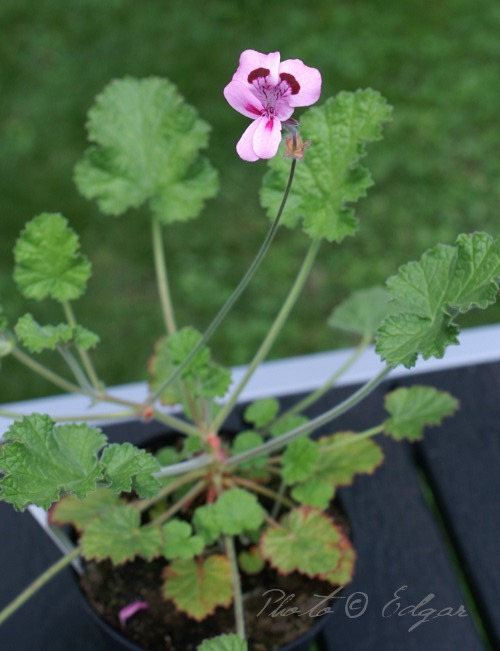
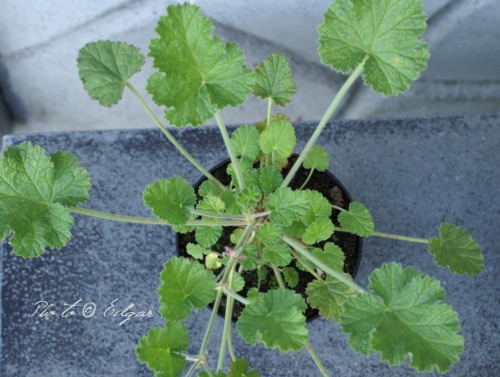
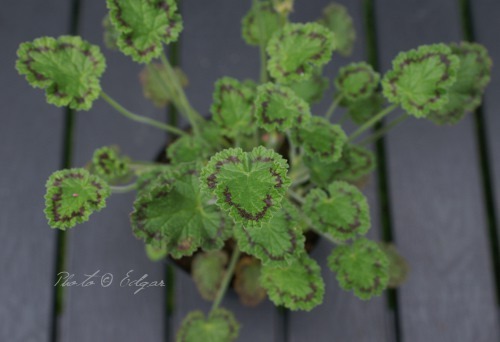


Photo © Edgar
P. ionidiflorium x P. odoratissimum
Pollination in 2011 and seedling raised in 2012 by Edgar.
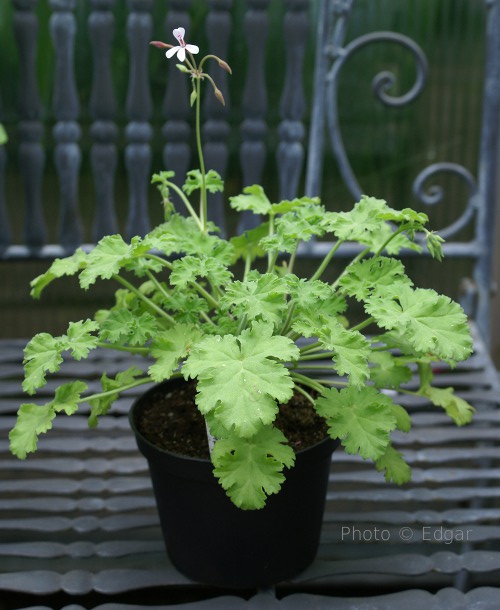
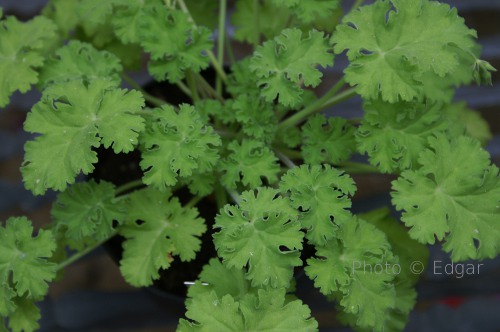
(This post was updated with more photos, August 2020)
Another hybrid of P. ionidiflorium and P. odoratissimum that already exist is named ‘Lilac Lady’.
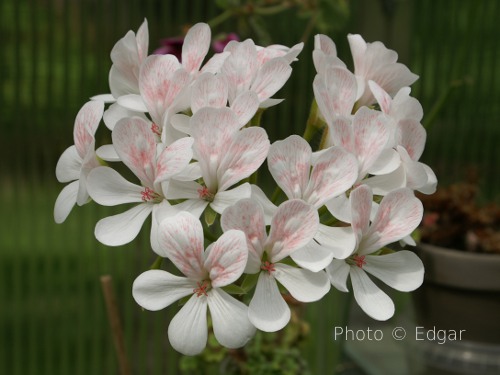
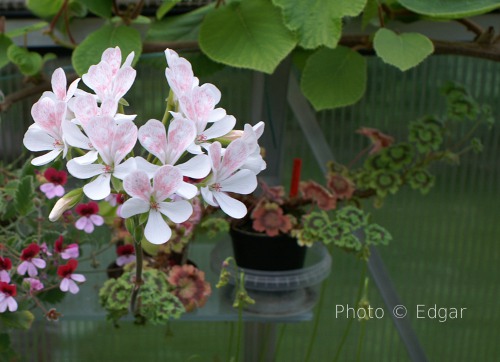
This plant probably originates from a group of seed Cliff Blackman sent to the Geraniaceae Group in 1988.
One of them, Lara Zonartic 87364 was hybridised by Cliff Blackman in March 1987.
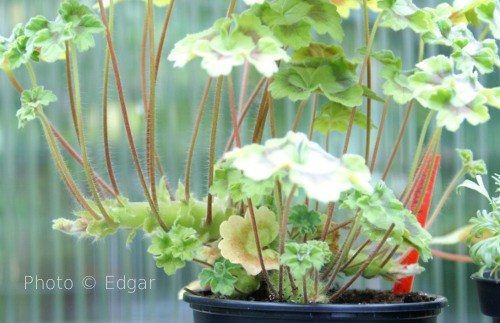

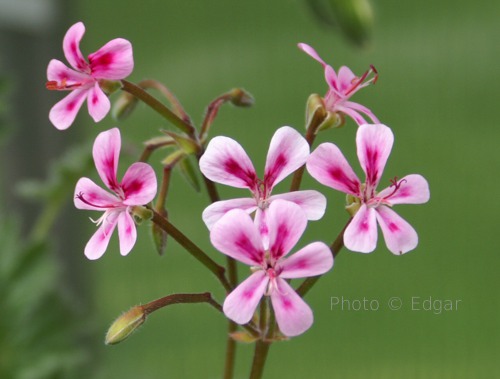
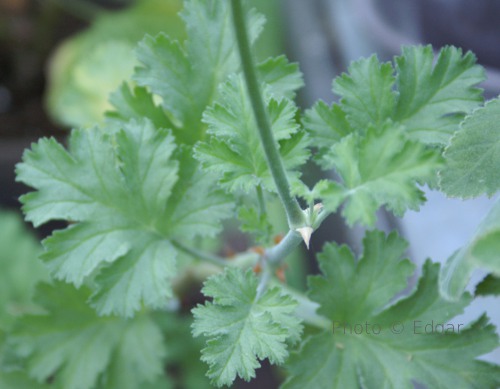
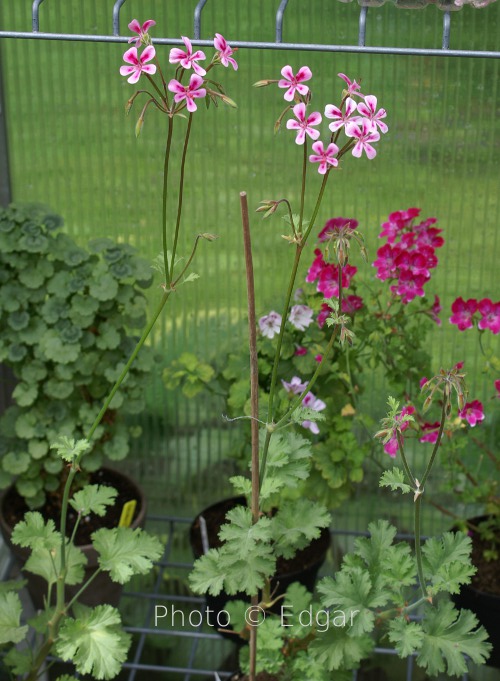
Unknown origin.
Cliff Blackman’s ‘Lara Ajax’- also P. magenteum x P. echinatum looks different.
Section Campylia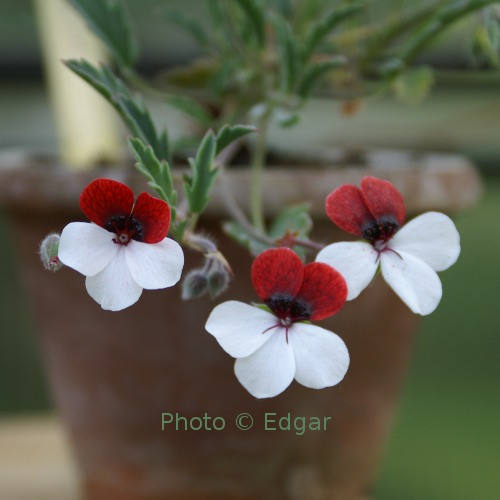
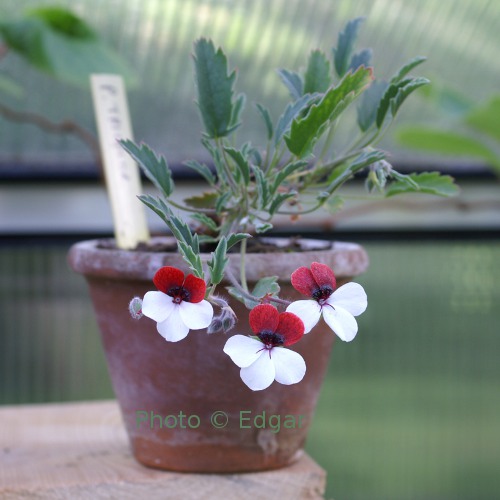
Pelargonium species native to south-western Cape Province, SA.
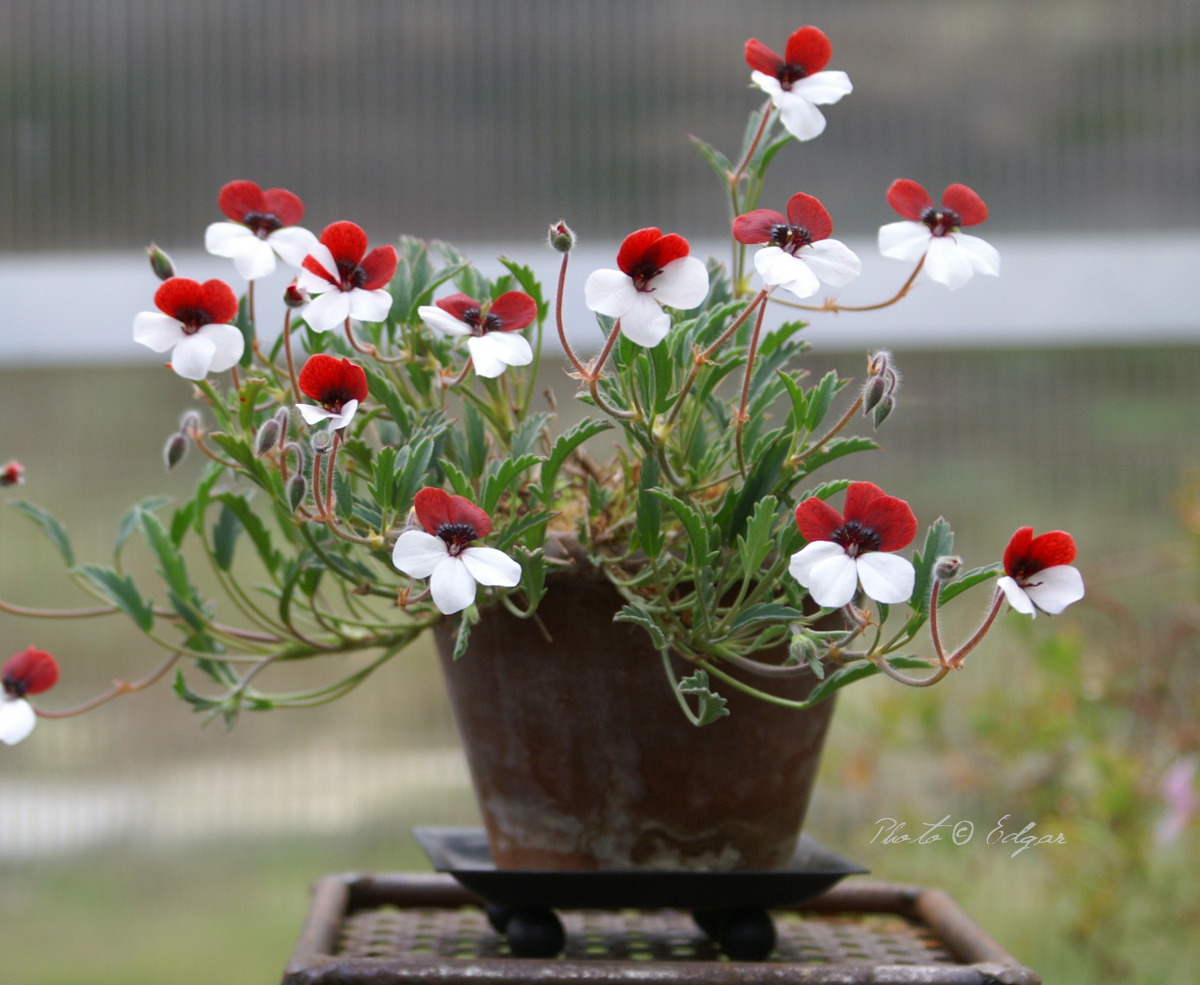
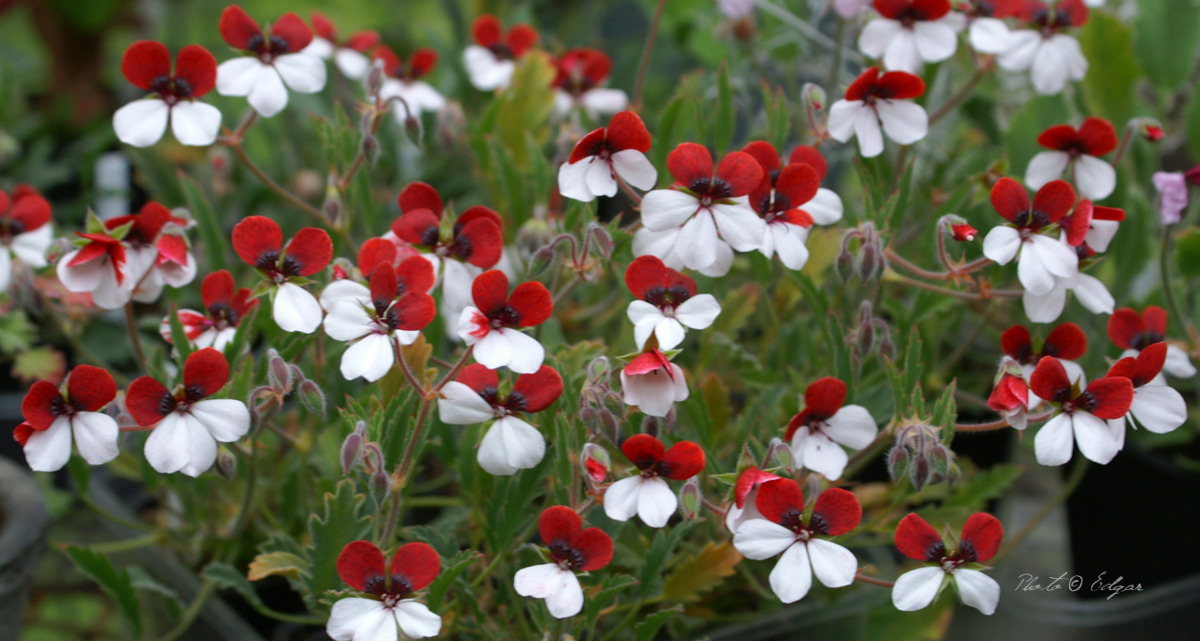
P. tricolor has narrow leaves. The smaller ones to the left are from the flower branches, and the ones to the right are from the main branches.
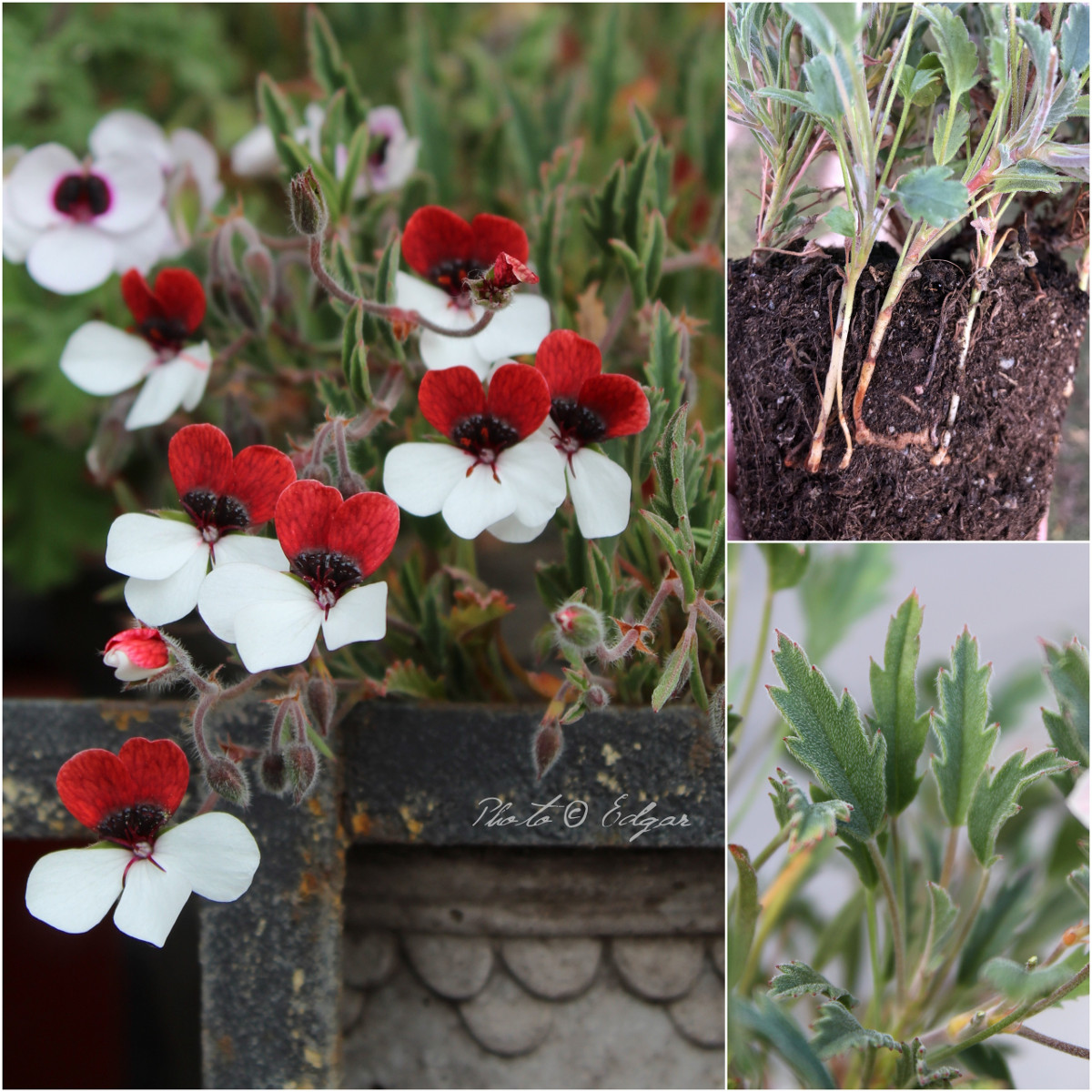
P. tricolor builds new branches from the root – something that I’ve never experienced its hybrids do.
I find P. tricolor easy to grow outside or in the greenhouse in summer, but a little more tricky to get it through winter inside under artificial light.
(This post was updated with more photos and text, April 2024.)
P. laevigatum x P. fruticosum.
Pollination in 2011 and seedling raised in 2012 by Edgar.

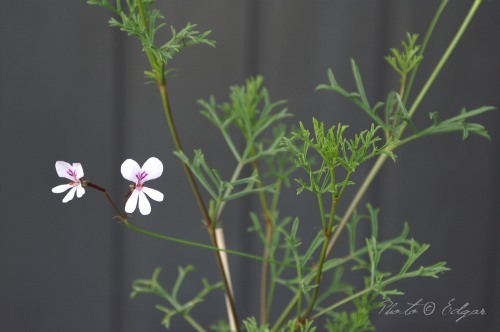
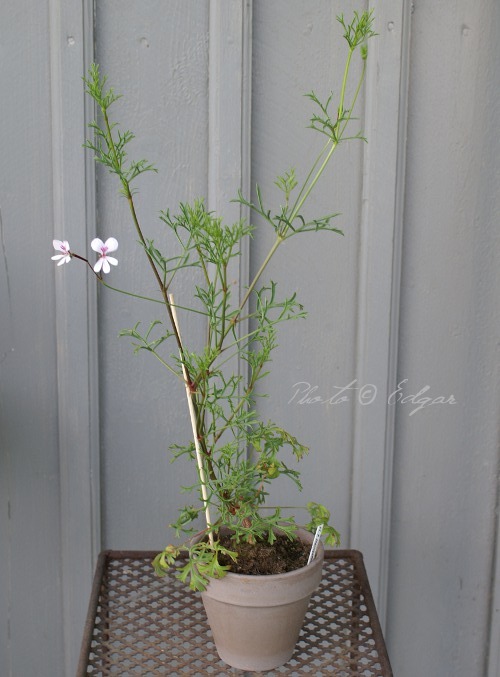
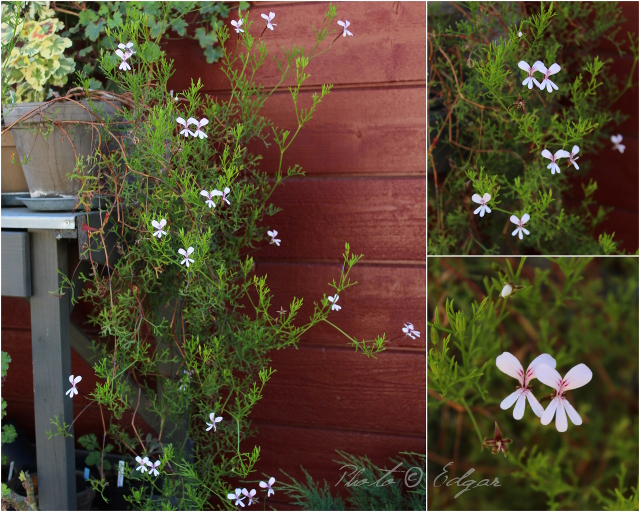
(This post was updated with more photos in 2018 and 2020)